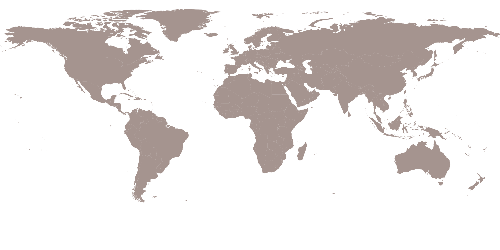Sustainable building design through passive measures
Locally produced brick walls as well as ceramic floors and ceilings provide thermal mass, helping to minimize heat transfer to the interior despite the simple construction method. They also regulate humidity, exchanging inner and outer moisture. All ground level units have windows in multiple directions, and tower units have windows on all sides. This allows for passive ventilation through the apartments. The stair core operates as a solar chimney, helping to ventilate and cool the tower units, and all ground floor units open onto internal courtyards and gardens, where vegetation will help to condition and cool the room
Efficient construction and operations
The bricks are made locally from local clay, produced utilizing an “auto-sufficient” collective-construction technique. The ground floor of the project traces the topography, minimizing excavation, and allowing for an array of different shaped exterior rooms within the buildable footprint. Above the ground floor, all towers are the same repeatable square modules, allowing for maximum efficiency while allowing different orientations according to the topography and urban context.
Landscape & Biodiversity Integration
Rainwater is collected for water storage, to be used for watering plants, which will be strategically placed throughout the 61 garden courtyards and 81 roof terraces, again reducing monthly expenses for the families that will live there and helping to maintain gardens for food production, promoting biodiversity and stewardship for the natural environment to thrive.
Land use & Transformation
The neighborhood rests along a canal currently used for waste disposal. The project will help this neighborhood become integrated with the rest of the city through improved urban circulation paths and better access, along with sewage infrastructure and dignified dwelling units. The project will allow all existing residents to maintain ownership and agency over their housing, while receiving significant improvement to their quality of life. While the existing mixture of residential and commercial is maintained, the addition of improved rainwater storage infrastructure and internal courtyards will allow residents valuable space to grow their own food, adding a small agricultural element to the existing residential and commercial use.















